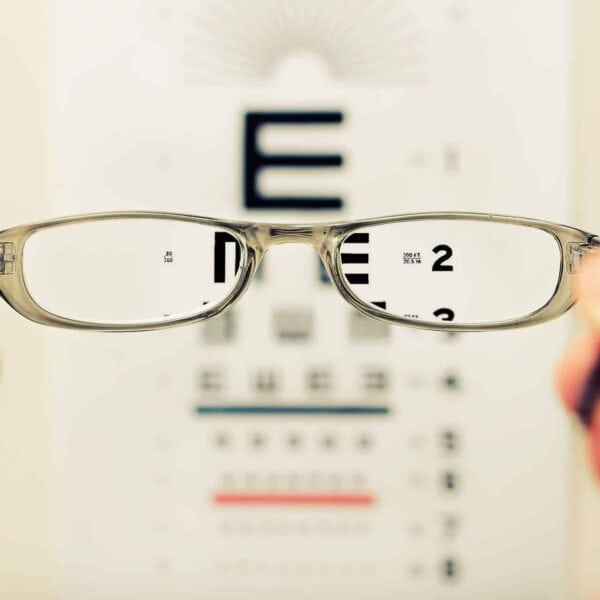
Save Your Vision Month
March 6, 2020


March is observed as Save Your Vision Month by the American Optometric Association. With 2020 being the year of promoting eye health, it really seems like every month of the year should be “Save Your Vision Month.” Follow these steps to preserve vision and ocular health.
1. Have a Comprehensive Eye Examination
Many ocular and retinal diseases can only be diagnosed through a dilated examination. Even if a person is able to see well, there are other ocular health factors that could be lurking quietly in the background. This is especially important for children because they usually do not recognize blurry vision if it is the only vision they know. A vision screening by a pediatrician or school nurse is not a substitute for a comprehensive eye exam. Want to learn more? Read our blog – Why Vision Screenings Are Not Enough
2. Protect Your Eyes
Ultraviolet (UV) light is comprised of invisible waves that can damage the eyes if proper sunglasses are not utilized. Sunglasses are just as important, if not more, during the winter months because snow can reflect more UV rays than grass or pavement alone.
It is also very important to use protective eyewear when working in dusty environments, using power tools, or “weed-whacking.” A corneal abrasion can be detrimental to vision if an infection or scar occurs. Some of the worst eye injuries can come from a tiny pebble or piece of gravel thrown at the eye while weed-whacking.
3. Stay Healthy
Sometimes this can be easier said than done, but it is SO important to maintaining good vision. Control blood pressure, blood sugar, and cholesterol levels. Quit smoking (it’s not “cool” anymore). Eat a balanced diet full of omega-3 fatty acids, antioxidants, and vitamins. Drink lots of water, and get plenty of sleep. Don’t forget about exercising, too!
4. Follow Contact Lens Instructions
Remove contact lenses before sleeping. The eyes do not receive enough oxygen while sleeping with contacts, and new blood vessels can grow on the front surface of the eye in attempt to help the suffocating cornea. This greatly increases the risk of eye infection, corneal swelling, and potential vision loss.
Follow the correct disposal schedule. Lenses are designed to last for a set amount of time before losing structural integrity and disintegrating. Contacts can also develop dirty deposits over time, which also increase the risk of eye infection.
5. Take a Break from the Digital Screens
Computer vision syndrome, also known as digital eye strain, is the medical term for symptoms caused by electronic devices. Eye fatigue, headaches, fluctuating or blurred vision, and dry eyes are all common symptoms from staring at a screen for too long. Children are also becoming more nearsighted due to the use of handheld electronic devices. It is best for everyone to take a break from the tablet and get outside – Go for a walk!